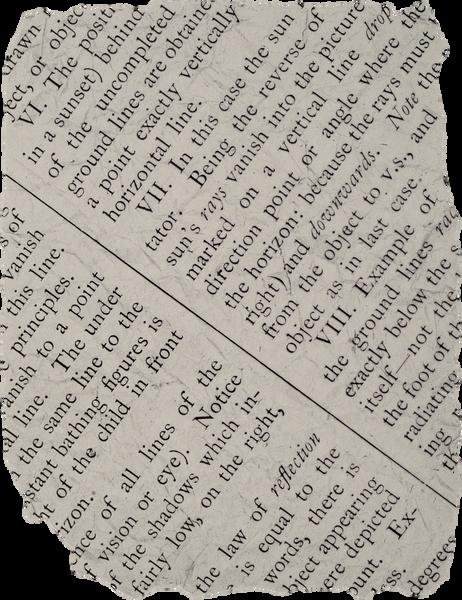











A few things any adolescent should look out for while using modern media, from trending novels to social media.

Author: Deema Jony






Whether it’s the romanticization of Joe Goldberg in You or Ryle in It Ends With Us by Colleen Hoover, we always seem to fall for the bad guys. Goldberg, a psycho murderer who stalks every woman in his vicinity, still finds a way to capture the hearts of many young female viewers. Even Penn Badgley, the actor who plays Goldberg, has expressed growing concern for the thousands of fans obsessed with his character. The same goes for Ryle, the antagonist in Hoover’s It Ends With Us: despite being abusive and violent toward Lily, the narrator, he’s portrayed as a handsome, troubled man who can be “fixed.” Some readers even justify his violence because it stems from jealousy over Lily’s relationships with other men It may feel good to be wanted by someone, and jealousy is a dramatic display of desire But only to a certain extent, and jealousy definitely isn’t cute when it reaches the point of violence So, for all of you girlies who can’t help falling for the toxic, insane men seen in media, let me explain a few things for you:
The Science Behind It
Psychology has explained that people are more pulled in by the characteristics and personality of a delinquent. A few examples of these characteristics include narcissism, which is lack of empathy due to selfishness, vindictiveness, and friskiness: all traits that our favorite Joe Goldberg displays. According to a 2016 study that analyzed the relationship between attractiveness and narcissism, it was found that narcissism is a charm for both men and women, somehow acting as a love magnet. The same can be said for psychopathy, a mental disorder in which one carries a lack of remorse for one’s actions: scientists revealed that women find appeal in pursuing a relationship with psychopaths.
The reason behind this? Behavioral scientists say that modern dating society has such low standards that people are captivated by crazy manipulative plans made in the name of love. When an individual pays incredible attention-to-detail on how to win someone over, the gesture is seen as romantic rather than weirdly obsessive. This explains why viewers are attracted to Goldberg's narcissism and psychopathy: in their eyes, he's killing so many people just to win a girl's heart. Likewise, Ryle’s violence towards the love of his life is justified by fans because he wants to be the only man in her life.


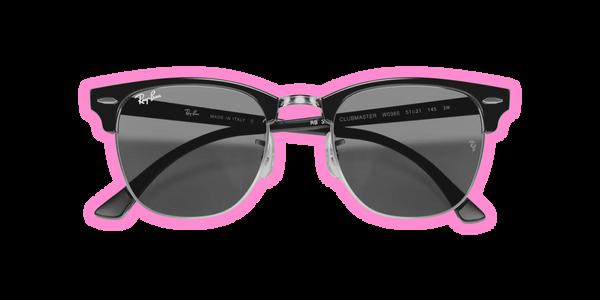
Maybe modern media is lacking in heart-touching love stories, like The Notebook, or Titanic. Perhaps men don’t have any role models because the media doesn’t sell good examples of men. But that does NOT mean you should settle for crazy men who’d go any length for a girl. In reality, these men are actually the most narcissistic and function out of pure selfishness by acting on their own accord without considering how their actions affect the people around them.
Something else to consider: the actors hired to play these psycho roles are all conventionally attractive. Who wants to watch a four-season show that has an ordinary-looking cast? The show wouldn’t sell if the main character looked like Jeffrey Dahmer. Instead, they’ll hire an actor that’s easy on the eyes to play the role of a lunatic, because that’s what everyone wants to see. Anyone with a brain can see the clear correlation the media has drawn between attractive men and insanity.
So, I’m begging you, do not associate being attractive with being a psychopath. Trust me, there are plenty more fish in the sea, so don’t go around picking the fish who abuse or murder the fish around them. Pick a nice fish that’ll take you to the movies and drop you off before your curfew so your parents don’t freak out. Choosing someone with a sane mind doesn’t mean you’ll live an ordinary, boring life. And most importantly, do not let modern media set expectations for your own life. (You’ll see me repeating this a dozen times within this booklet)!








Have you ever heard of D A R E (Drug Abuse Resistance Education)? That’s basically what this section is about, except I’ll make it sound more interesting than “choose life over the high!” Although these D.A.R.E programs address some causes of substance use in adolescents– including peer pressure–they forget the most complex and effortless one: modern media. It might not be blatant, but most media trends are promoting substance use in one way or another.
If you asked any teenager to get on TikTok and scroll through their For You Page, you’ll find many influencers holding a vape in their hand or simply showcasing their vape on a table nearby. For those of you who are thinking, “so what if a teenager sees a vape in the background of a TikTok? That’s not enough to get you hooked!” you’re entirely wrong

During my interview with USC’s Dr. Vassey (linked here: https://www.youtube.com/watch? v=tYWP fZP7Pw&t=732s ), we talked about how purposeful every influencer is with their content: if you see a vape being casually shown in the corner of a video, it’s very possible that the influencer has a partnership with the vape company and is promoting it to a younger audience What’s seriously messed up about this is that there’s no warning on these videos that informs the viewer that there’s a product being promoted, or that the creator is getting paid to promote something. While most countries state that it is illegal to fail to mention if you’re being sponsored when discussing a product, most influencers on TikTok or Instagram are getting away with casually promoting vape or substance use to teenagers. Without the audience knowing, these creators are making bank off of your deteriorating health.

Other than nicotine, trendy media promotes many other substances to adolescents Let’s take a look at a show we all know and love dearly: Euphoria, starring America’s sweetheart Zendaya The show feels ethereal with all the glitter and vibrant purple-blue color scheme It’s not surprising that adolescents find themselves romanticizing this show because, honestly, it looks super cool. Although it’s pretty and all that, there are some huge red flags that we can’t ignore: In 2022, NEON TV gave Euphoria a classification of 18VLSC. This rating means that the show has the highest possible amount of Violence, Language, and Sexual Material. Unlike other shows and movies with a similar classification, Euphoria follows the life of a group of teenagers. This fact raises a significant concern: why does a series centered around underage individuals contain such inappropriate content?
Almost every character in the show can be seen using drugs, including our protagonist Rue, who becomes an addict Although Rue's journey somewhat mirrors the reality of addiction, most of the cast also use a variety of drugs without any negative side effects The constant drug use establishes the idea that it's normal for a teenager to live like the characters in Euphoria. To make it worse, not only does Euphoria normalize drug use, but also romanticizes it by picturing substances as a way to feel extreme happiness and pleasure. The show even gives us two main characters who are drug dealers, and depicts them as friendly people with good hearts.
Just to be clear: taking drugs won’t make your life all glittery and glamorous. Seriously, it has the opposite side effects. Don’t let Euphoria’s saturated purple color scheme and subtle drug use or your favorite TikToker’s vaping problem let you think that substances will make your life cooler. Like I said previously, trendy media isn’t comparable to your own life!!!


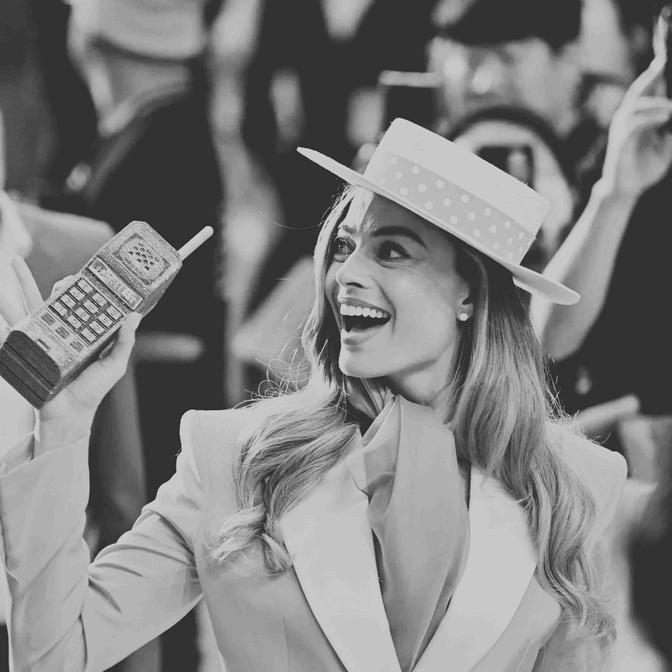



Okay, this one really infuriates me the most because us girls have had to deal with it since the beginning of their lives. Let me explain why. Pick your favorite Disney movie growing up. Now describe the main character to me. Beautiful, skinny, and a non-existent waist are all possible answers for any Disney princess, whether it’s Disney’s first princess Snow White or contemporary Elsa from Frozen. Despite both movies being more than seventy years apart, grossly unrealistic expectations of women are shown in both of the films. Since early childhood, the media has established unrealistic body types that young girls are constantly being exposed to. This is also a widespread issue across all forms of media, including books, shows, and movies.
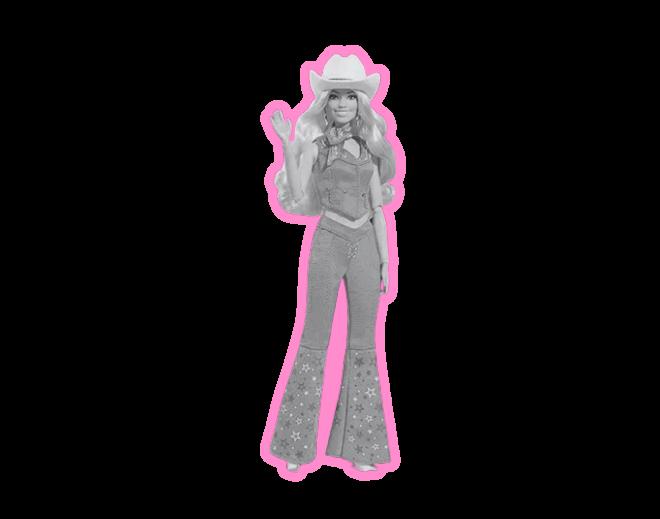
The main perpetrator, however, seems to be social media. I have encountered numerous videos on TikTok that directly promote body dysmorphia and eating disorders to young girls. Some of these videos romanticize anorexia, which can be seen through the coquette trend (if you aren’t aware of this, I recommend you check out here: https://www.booktokunveiled.com/post/aesthetic-or-disturbing-coquette-girls). These “coquette” girls strive for a dainty, feminine aesthetic. And they seem to achieve this by placing one sliced cucumber on a tiny floral plate and calling it a meal. Obviously, this is very hurtful to the millions of adolescent girls watching these videos, thinking that it’s normal to starve yourself as it’s simply part of an aesthetic.



Another example of a trend on social media that promotes weight loss is “being skinny is the outfit” videos. In these TikToks, you’ll see a girl wearing a mediocre outfit, but claiming that she looks good because she looks skinny while wearing it Here’s an example This promotes the idea that the only way for a woman to look attractive is to be skinny Many of the comments under these videos say harmful things like “skipping a meal after watching this”, or “this made me want to starve myself” These comments display the obvious detriment that social media influencers cause for young girls
If you watched the Barbie movie starring America’s sweetheart Margot Robbie, you’d know that the entire message of the movie is that women are perfect just the way they are, and shouldn’t have to bend and twist themselves around just to be liked and respected by society. Instead of absorbing this wholesome message about womanhood, many women had one idea running through their head while walking out of the movie theater: "I'm gonna go get botox to look just like Barbie, a doll that was severely criticized for looking too unrealistic, and forget the whole point of the movie I just watched." Many cosmetic procedures went viral on multiple forms of social media; on Tiktok, the hashtags #BarbieShoulders, #BarbieArms, and #BarbieBotox were trending with over 11.2 million views. One US survey which was conducted after the release of Barbie discovered that 82% of 1,000 women believe that Barbie portrays “unrealistic body expectations” for both little girls and women. One in two women also admitted to comparing their own bodies to the idealistic bodies of the dolls. This just continues to prove the sad fact that women are constantly comparing themselves to what we see in modern media, EVEN when the media is promoting positive content.
If you think this doesn’t affect the teen audience, you’re completely wrong: There are numerous statistics that show the consequences: 61.7% of adolescents report that social media has impacted their body image negatively, Instagram users are 2.3 times more likely to suffer from an eating disorder than non-users, and 20.8% of TikTok users who encountered eating disorder-related content reported developing unhealthy eating habits. In my interview with Northeastern University’s Dr. Rodgers, we talked about her research conducted in 2017 on the effects of media exposure on body size stereotypes for young girls, which revealed that over time watching media reinforces the idea that thinness is good and perhaps something to strive for as a girl. You can find this interview here: https://www.booktokunveiled.com/single-project .
Despite efforts like the message in the Barbie movie, which promotes self-acceptance, the pervasive influence of social media continues to warp these positive narratives. It’s essential that us young girls recognize how deeply these unrealistic standards affect young minds and work collectively to create a toxic culture around beauty and body image. The statistics don’t lie this is a widespread issue that requires serious attention and action. For every teen girl comparing herself to modern media, remember that it’s all highly unrealistic. Think about it: if your favorite Disney princess embodies unrealistic body standards, consider how bizarre the rest of trendy media is.


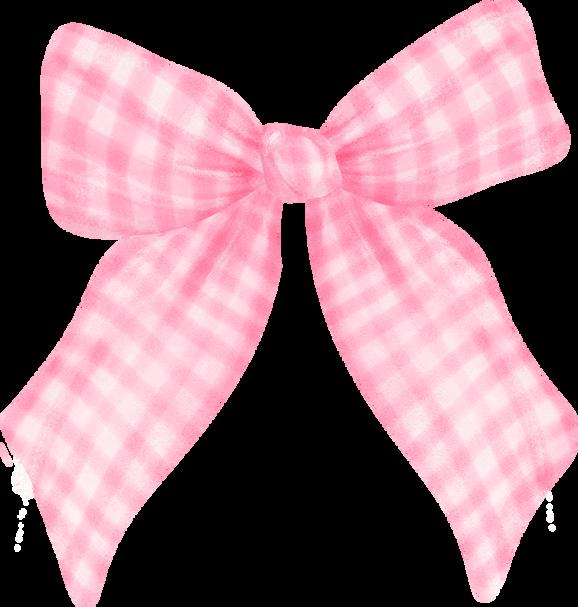
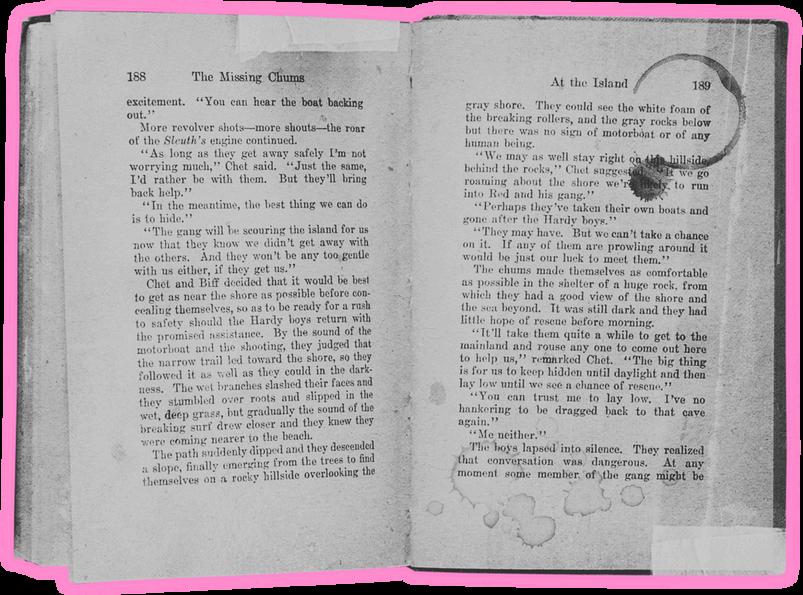
I founded this organization after discovering Colleen Hoover on TikTok, an author whose novels I quickly became fascinated with
However, after delving deeper into her works, I began to notice the problematic ideas being promoted to young teen girls within the stories. This led to my more extensive research into media and the realization of how it affects adolescents in numerous ways from promoting eating disorders to normalizing substance use.

Although I’ve been conducting research for over two years now, I wanted to write a straightforward book that could serve as a guide for young girls like myself. It’s crucial that we’re aware of the entire impact media has on us as it infiltrates our daily lives
I hope that after reading this, you adopt a new perspective on media, whether it’s a new book you're reading or your favorite show to binge-watch
Please stay alert for any red flags while consuming media and remember that what’s fiction shouldn’t dictate reality.
If you’re interested in learning more, check out my organization, BookTok Unveiled, by scanning the QR Code below:

